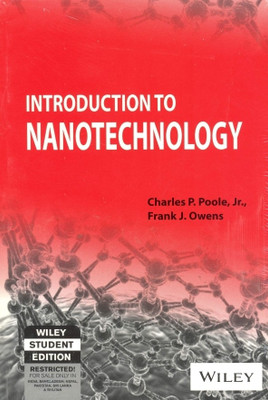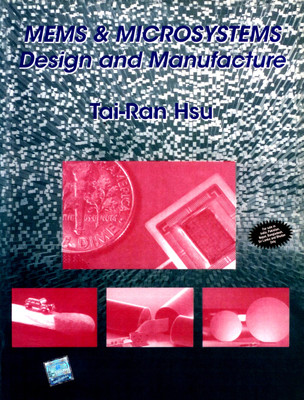MF7204 MICRO ELECTRO MECHANICAL SYSTEMS AND NANO
TECHNOLOGY
UNIT I OVER VIEW OF MEMS AND MICROSYSTEMS
Definition – historical development – properties, design and fabrication micro-system, microelectronics, working principle ,applications and advantages of micro system. Substrates and wafers, silicon as substrate material, mechanical properties of Si, Silicon Compounds - silicon piezo resistors, Galium arsenide, quartz, polymers for MEMS, conductive polymers.
UNIT II FABRICATION PROCESSES AND MICRO SYSTEM PACKAGING
Photolithography, photo resist applications, light sources, ion implantation, diffusion–Oxidation - thermal oxidation, silicon dioxide, chemical vapour deposition, sputtering - deposition by epitaxy – etching – bulk and surface machining – LIGA process – LASER, Electron beam ,Ion beam processes – Mask less lithography. Micro system packaging –packaging design– levels of micro system packaging -die level, device level and system level – interfaces in packaging – packaging technologies- Assembly of Microsystems
UNIT III MICRO DEVICES
Sensors – classification – signal conversion ideal characterization of sensors micro actuators, mechanical sensors – measurands - displacement sensors, pressure sensor, flow sensors, Accelerometer , chemical and bio sensor - sensitivity, reliability and response of micro-sensor - micro actuators – applications.
UNIT IV SCIENCE AND SYNTHESIS OF NANO MATERIALS
Classification of nano structures – Effects of nano scale dimensions on various properties – structural, thermal, chemical, magnetic, optical and electronic properties fluid dynamics –Effect of nano scale dimensions on mechanical properties - vibration, bending, fracture Nanoparticles, Sol-Gel Synthesis, Inert Gas Condensation, High energy Ball Milling, Plasma Synthesis, Electro deposition and other techniques. Synthesis of Carbon nanotubes – Solid carbon source based production techniques – Gaseous carbon source based production techniques – Diamond like carbon coating. Top down and bottom up processes.
UNIT V CHARACTERIZATION OF NANO MATERIALS
Nano-processing systems – Nano measuring systems – characterization – analytical imaging techniques – microscopy techniques, electron microscopy scanning electron microscopy, confocal LASER scanning microscopy - transmission electron microscopy, transmission electron microscopy, scanning tunneling microscopy, atomic force microscopy, diffraction techniques – spectroscopy techniques – Raman spectroscopy, 3D surface analysis – Mechanical, Magnetic and thermal properties – Nano positioning systems.
REFERENCES:
1. Sami Franssila, Introduction to Micro fabrication, John Wiley & sons Ltd, 2004. ISBN:470-85106-6
2. Norio Taniguchi, Nano Technology, Oxford University Press, New York, 2003
3. Charles P Poole, Frank J Owens, Introduction to Nano technology, John Wiley and Sons, 2003
4. Tai – Ran Hsu, MEMS and Microsystems Design and Manufacture, Tata-McGraw Hill, New Delhi, 2002.
5. Mark Madou , Fundamentals of Microfabrication, CRC Press, New York, 1997.
6. Mohamed Gad-el-Hak, MEMS Handbook, CRC press, 2006, ISBN : 8493-9138-5
7. Waqar Ahmed and Mark J. Jackson, Emerging Nanotechnologies for Manufacturing, Elsevier
Inc.,2013,ISBN : 978-93-82291-39-8
8. Julian W. Hardner Micro Sensors, Principles and Applications, CRC Press 1993.











